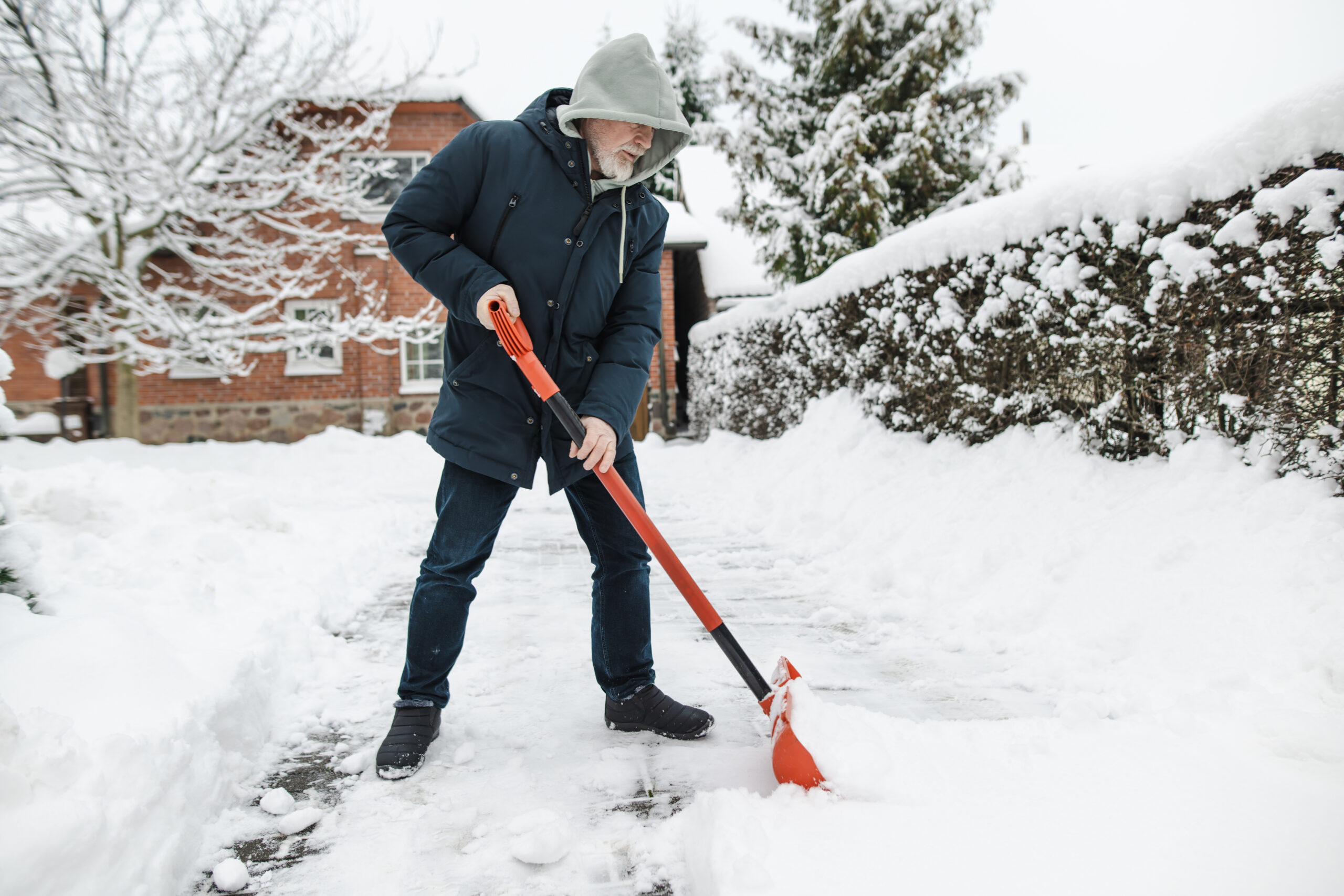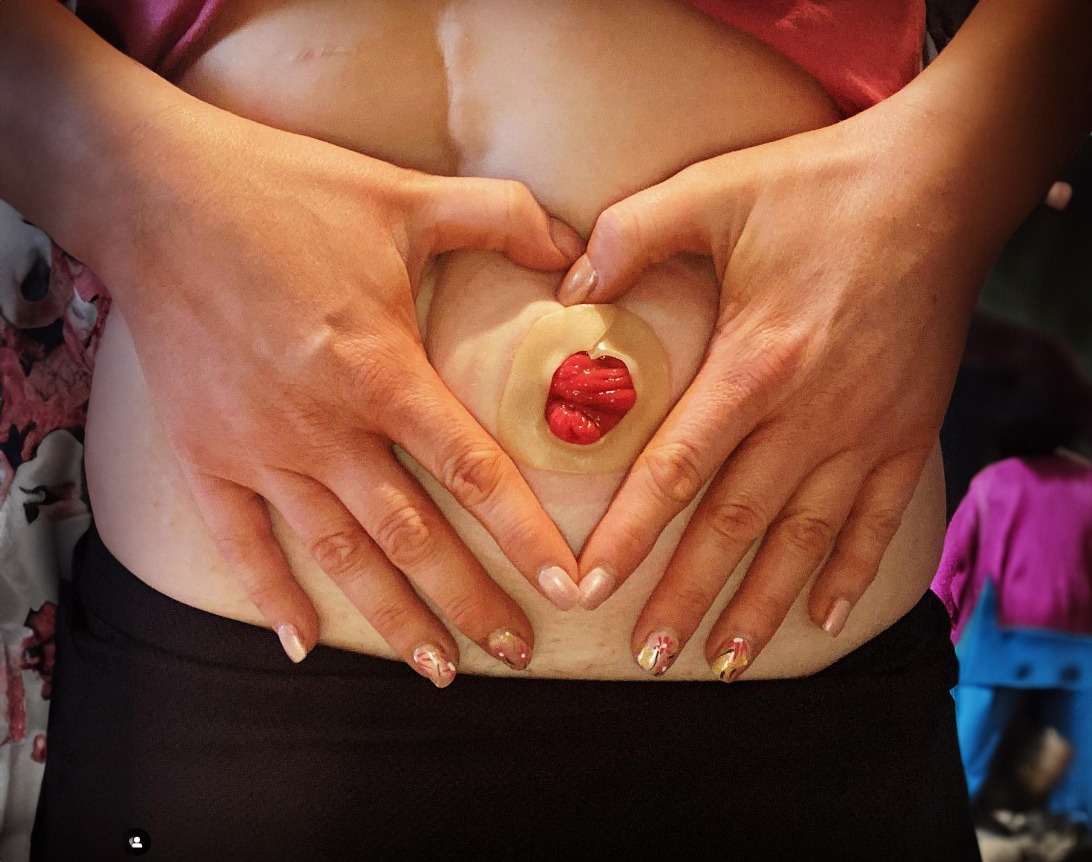
 It was 2008 when I suffered a perforated appendix, pain I had never experienced before, and an infection that took 16 weeks to clear up. Sometime after the operation, I continued to suffer from abdominal pain and after eating I would need to rush off to the toilet. I remember thinking could it be food poisoning but little did I know at that point the journey I would go on. After a stay in hospital and numerous tests I had the dreaded barium scan. The drink took a long time to get down, but I knew it was important.
It was 2008 when I suffered a perforated appendix, pain I had never experienced before, and an infection that took 16 weeks to clear up. Sometime after the operation, I continued to suffer from abdominal pain and after eating I would need to rush off to the toilet. I remember thinking could it be food poisoning but little did I know at that point the journey I would go on. After a stay in hospital and numerous tests I had the dreaded barium scan. The drink took a long time to get down, but I knew it was important.
After the scan, the consultant came to deliver the news and the start of what I did not know at the time which was my Crohn’s journey. The consultant showed me the scan and the constricted bowel where the Crohn’s was in my large bowel close to the site of the appendix that was recently removed. I remember not even knowing what Crohn’s was as he delivered the results, my wife burst into tears thinking I was going to die; we both did not know what Crohn’s was and the surgeon explained it was an urgent operation that was needed.
 Fast forward 16 years and I have a stoma which I have had around 8 years and in July 2023 the completion of the proctocolectomy, or Kendoll bum or widely known as the Barbie butt. In total I have had 9 operations, from resections to full removal of large bowel and formation of my stoma. My stoma does not have a name, never really looked at it in that way although I do talk to it on a daily basis, telling it to keep its voice down. It always seems to find it funny to make itself heard at the most inappropriate and quiet times.
Fast forward 16 years and I have a stoma which I have had around 8 years and in July 2023 the completion of the proctocolectomy, or Kendoll bum or widely known as the Barbie butt. In total I have had 9 operations, from resections to full removal of large bowel and formation of my stoma. My stoma does not have a name, never really looked at it in that way although I do talk to it on a daily basis, telling it to keep its voice down. It always seems to find it funny to make itself heard at the most inappropriate and quiet times.
I have two points to make when I chose to have the stoma as a male. Not all but some of us find it difficult to talk about how we feel about how we feel or our emotions and secondly I didn’t really know what having a stoma entailed, I tried wearing a fake stoma made from foam and wearing a bag to try and mentally prepare myself, but I don’t think anything can really prepare you for something that should be on the inside of you is now sticking out on full view in front of you.
I did have a great stoma team and my surgeon has been an amazing support, but they can only advise and support so much. The first few nights of having a stoma and dealing with leaks was really eye opening and a feeling genuinely that I could not deal with this. I just could not find the right products. One saving grace has been the team at Respond who have been a support when needed from discussing products to supporting my sore skin or better fitting products, to knowledgeable individuals who care and give me that outlet when I need someone to talk to and support.
One vitally important process I took was to fully inform myself of the information to hand with such huge operations and sometimes feeling like you have no one to talk to was to reach out and that’s my gift to anyone needing that support or advice, I feel that the information has got better and we are getting better at sharing our stories or experience’s which there wasn’t as much of when I was dealing with my illness but happy to help anyone who may need that advice.
Overall, its been a tough journey but one thing it has not done is beat me, its taught me to become more resilient and it does not stop me from doing what I love; most recently in 2023 running the London Marathon.
Kevin

 US
US 








